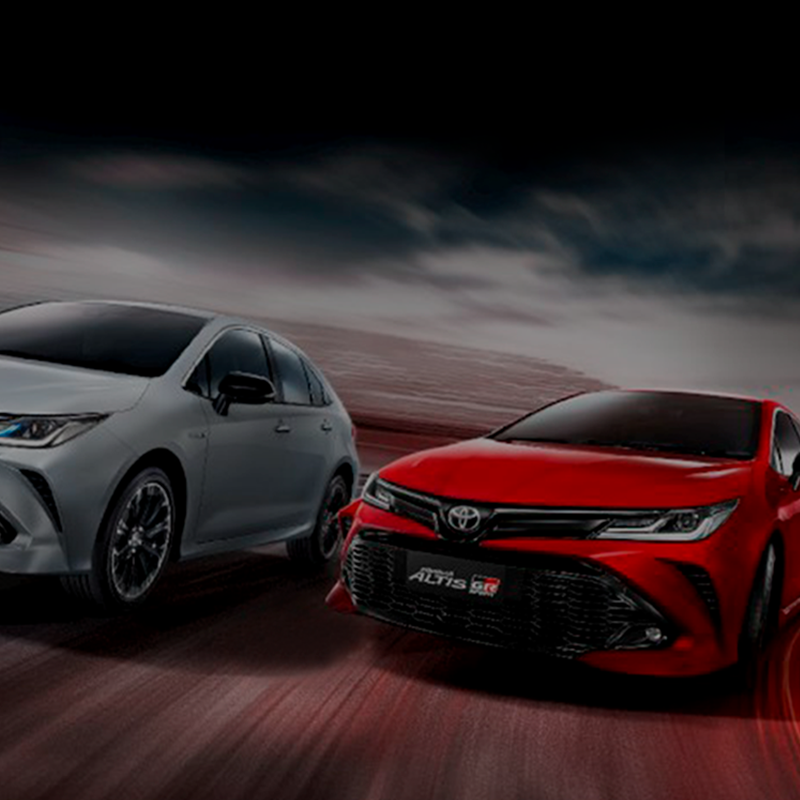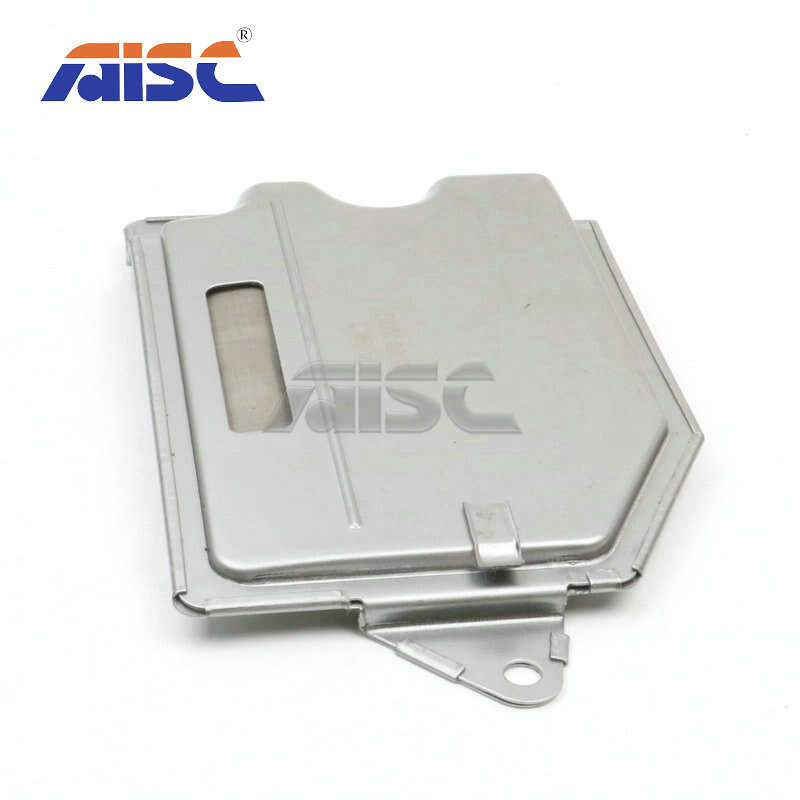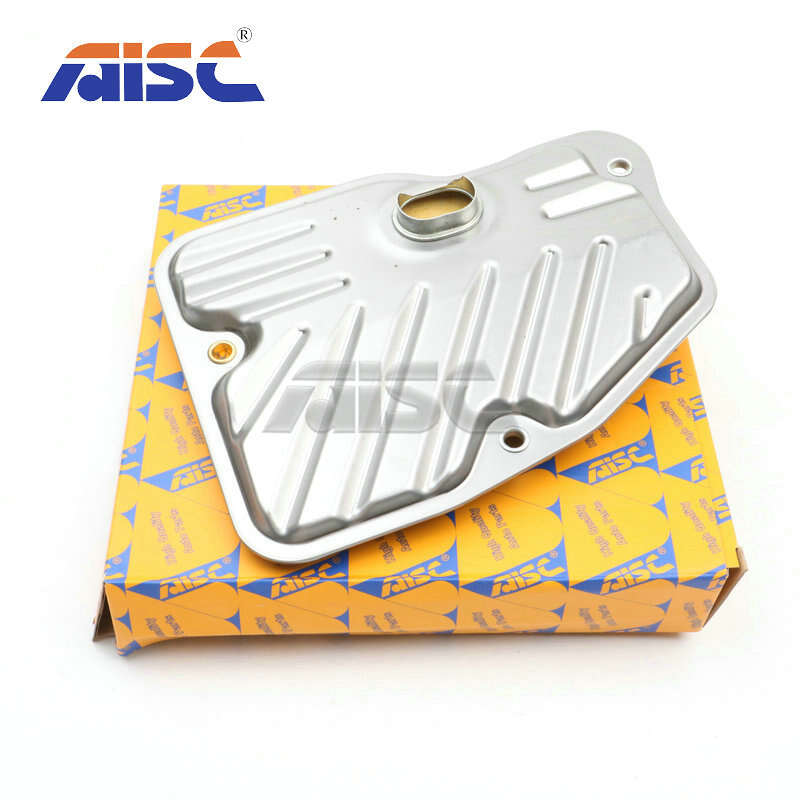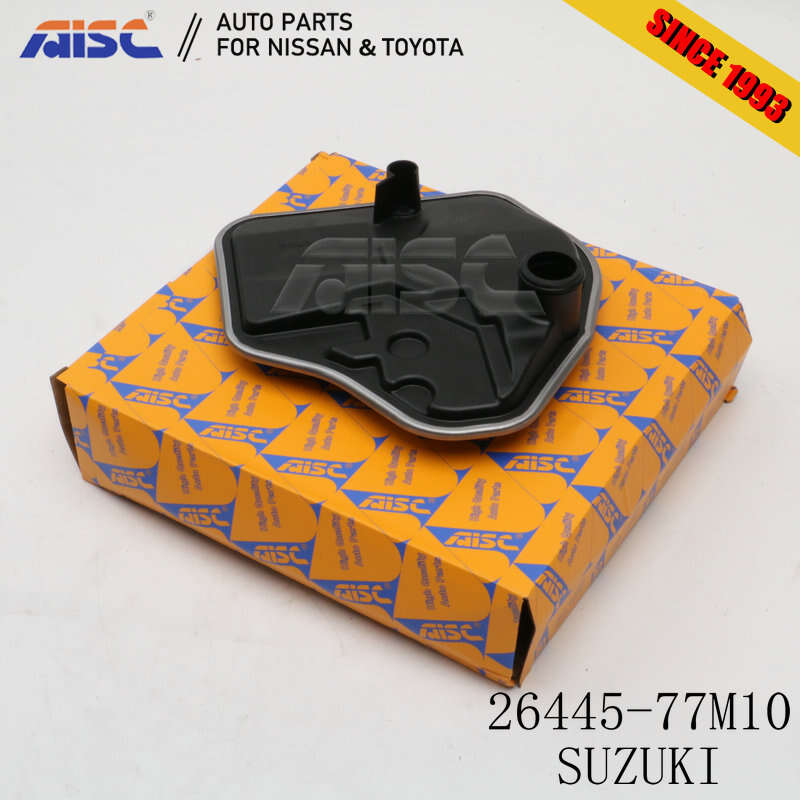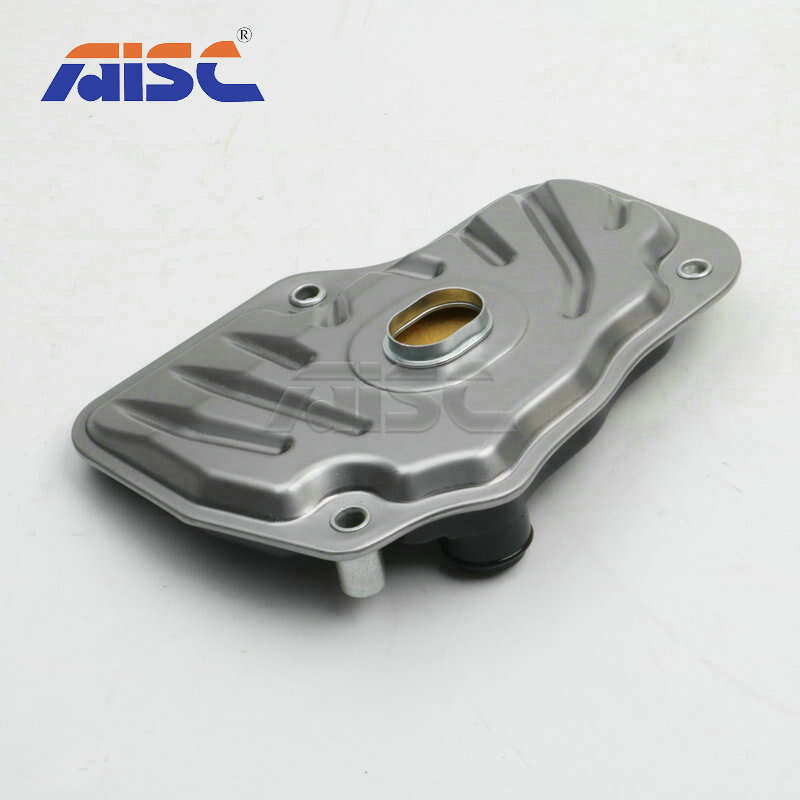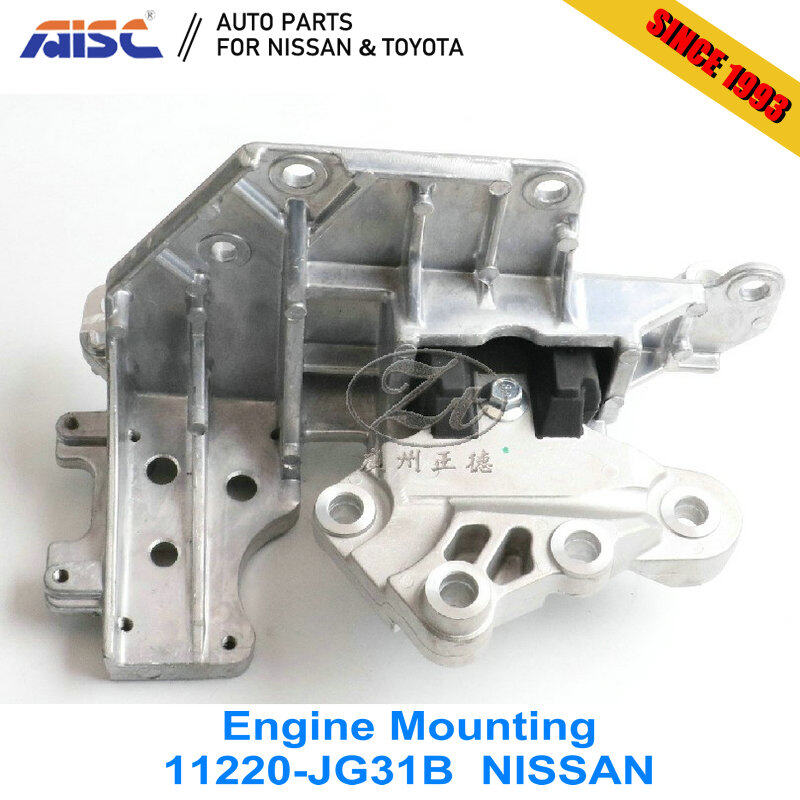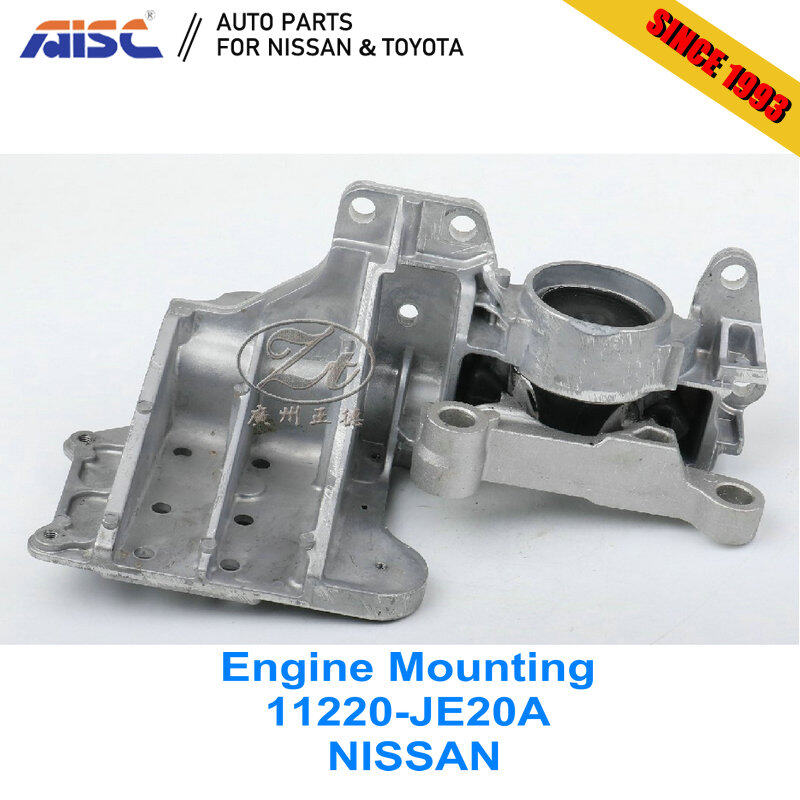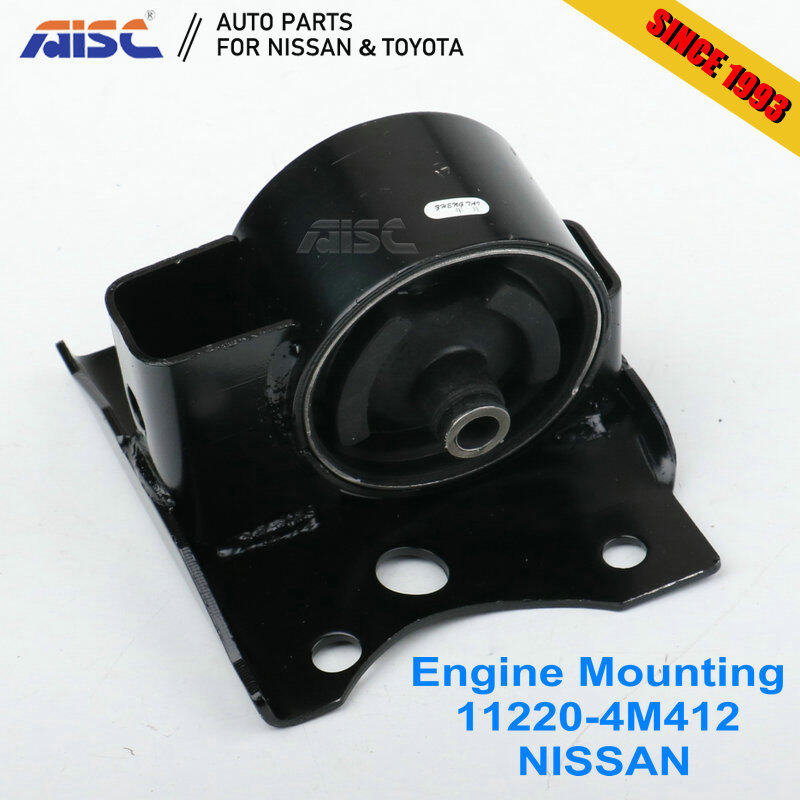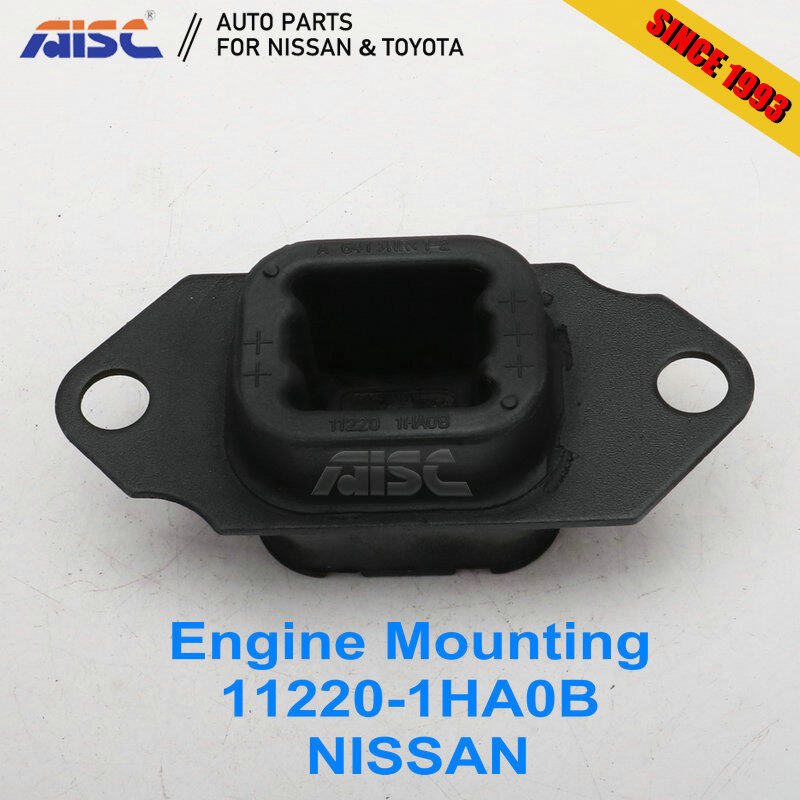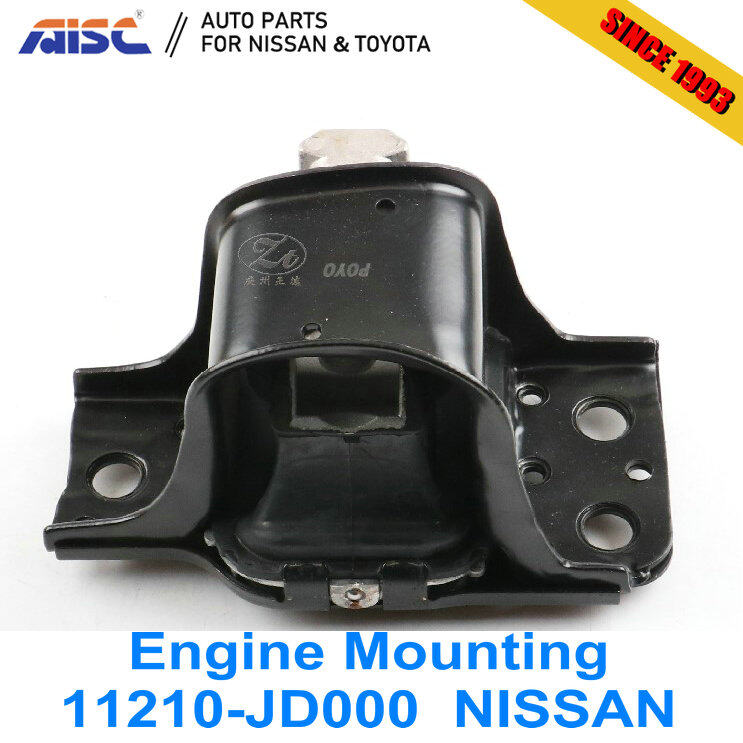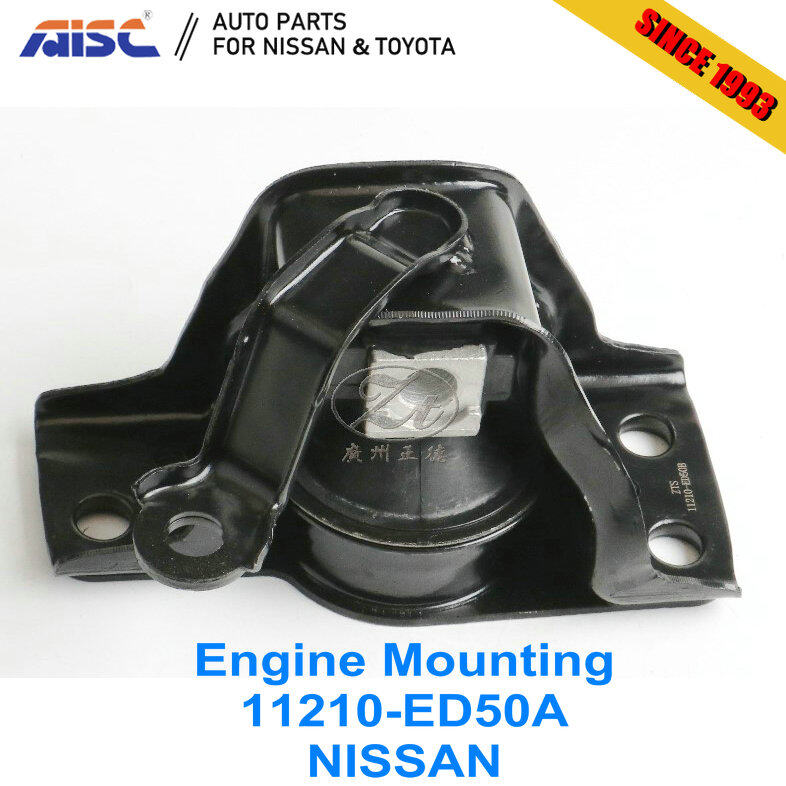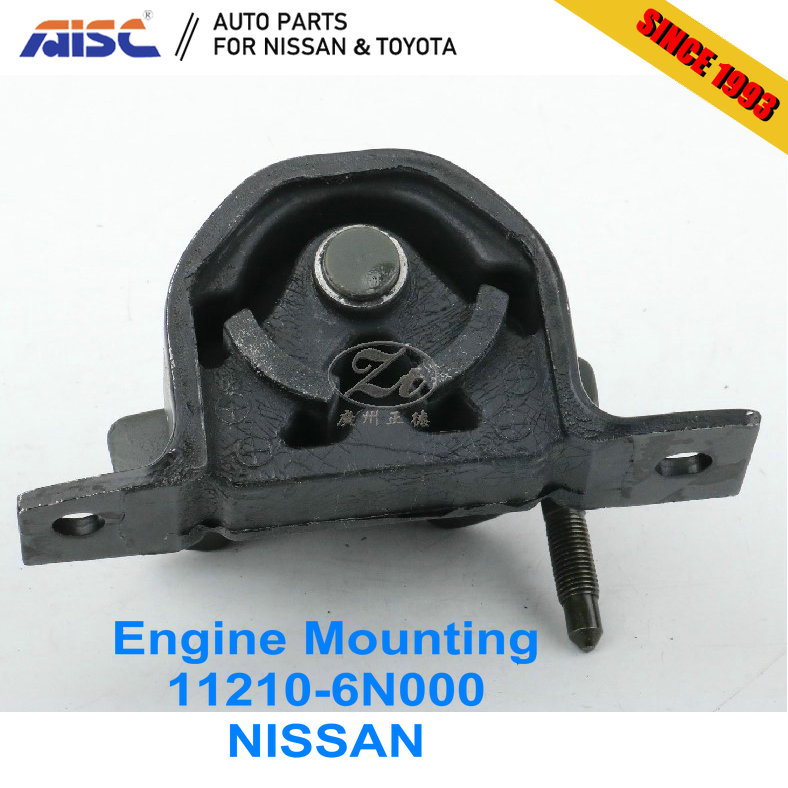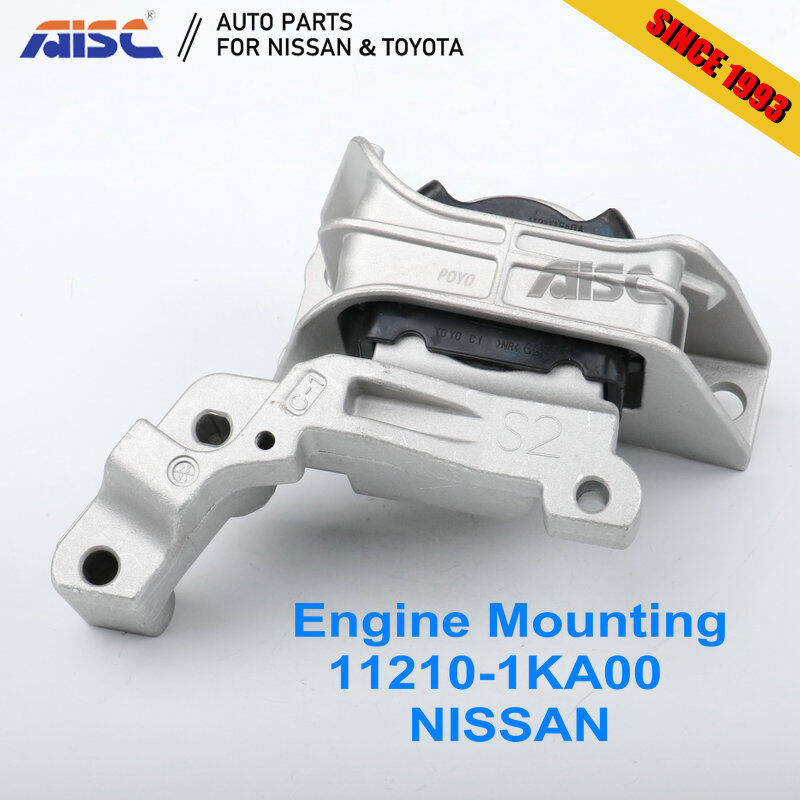Email format error
Email cannot be empty
Email already exists
6-20 characters(letters plus numbers only)
The password is inconsistent
Email format error
Email cannot be empty
Email does not exist
6-20 characters(letters plus numbers only)
The password is inconsistent

Auto Engine System
Auto Engine System
(30)The auto engine system is a complex network of mechanical and electrical components that work together to power a vehicle. Among the critical components in this system are the valve cover and engine mountings, which play crucial roles in the proper functioning of an engine.
The valve cover, also known as the rocker cover, is a component that covers the top of the engine's cylinder head. It is typically made of metal or plastic and is held in place by bolts. The valve cover is essential as it helps to keep the engine oil inside the engine, preventing it from leaking out. It also helps to protect the engine's valvetrain, which comprises the valves, rocker arms, and pushrods.
Valve covers can come in various designs, and some are equipped with additional features such as ventilation holes or baffles. The ventilation holes allow for the release of pressure and heat that can build up inside the engine. The baffles help to prevent oil from splashing around inside the engine, which can lead to oil starvation or oil leaks.
Engine mountings, also known as motor mounts, are components that support and hold the engine in place within the vehicle's chassis. They are typically made of rubber or polyurethane and are designed to absorb and dampen vibrations and shocks generated by the engine during operation.
Engine mountings are crucial in ensuring the engine's stability and preventing excessive movement, which can lead to damage to other components such as the exhaust system or driveshaft. They also help to reduce noise and vibration that can be transmitted from the engine to the vehicle's occupants.
In addition to their primary function of supporting the engine, engine mountings can also affect the vehicle's overall handling and stability. Damaged or worn engine mountings can lead to excessive movement or misalignment of the engine, which can affect the vehicle's steering and suspension system.
Nissan and Toyota Valve Cover:
| Component | Nissan | Toyota |
|---|---|---|
| Part Number | 13264-XXXXX | 11210-XXXXX |
| Fits Models | Altima, Maxima, Pathfinder, Quest | Camry, Corolla, RAV4, Highlander |
| OEM Specification | Yes | Yes |
| Material | Plastic | Plastic |
| Color | Black | Black |
| Number of Holes | 4 | 4 |
| Number of Bolts | 10 | 10 |
| Gasket Included | Yes | Yes |
| Example | AISC Auto Parts 13264-ET000 Valve Cover For NISSAN MR20 Sentra B16X B17U Teana L33Z | AISC Auto Parts 11210-0L020 Valve Cover TOYOTA HILUX VIGO 1KD 2KD KUN50/60/51/ KUN25/26/15 |
The valve cover and engine mountings are critical components in the auto engine system. The valve cover helps to keep the engine oil inside the engine while protecting the valvetrain from damage. The engine mountings, on the other hand, support the engine and help to absorb and dampen vibrations and shocks generated during operation. It is essential to ensure that these components are functioning correctly to maintain the engine's stability and overall vehicle performance. Regular inspections and maintenance can help to prevent damage or wear and tear to these components, prolonging the engine's lifespan and ensuring the vehicle's safe and reliable operation.
AISC Auto Parts 11220-JG31B Engine Mounting L For NISSAN Qashqai T31 QR25 Engine Mount
An engine mount is made up of several components. The molded rubber bushing or mount, which acts as a vibration control and cushion, is one of these. Typically, the engine will be attached directly to this part. A bolt will also be used to secure the motor mount, which will run the length of it. The goal is to ensure a rubber break between the two mating surfaces. To increase stability, some motor mounts have a metal cover over the rubber part.
AISC Auto Parts 11220-JE20A Engine Mounting L For NISSAN Qashqai X-trail MR20 Engine Mount
Engine mounts come in a variety of shapes and sizes, depending on the application and amount of energy they must absorb. As a result, most engine mounts are small or just large enough to dampen and absorb energy without taking up too much space.
AISC Auto Parts 11220-4M412 Engine Mounting L For NISSAN Sunny N16 Engine Mount
The primary function of an engine mount is to secure an engine to machinery and absorb any shocks and vibrations while the machinery is in operation. Engine mounts and anti-vibration mounts are critical for preventing engine damage and increasing operator comfort (where applicable).
AISC Auto Parts 11220-1HA0B Engine Mounting L For NISSAN Sunny N17/ March K13 Engine Mount
Engine mounts are one of the most critical components of any vehicle or piece of industrial equipment. They can be found in airplanes, automobiles, trains, boats, trucks, buses, tractors, and any other vehicle or piece of equipment that has a motor or engine. These small components are critical to the proper and safe operation of any moving machine.
AISC Auto Parts 11210-JD000 Engine Mounting R For NISSAN Qashqai Engine Mount
These mounts' primary function is to support the motor and absorb vibrations when the machinery is in operation. This prevents unnecessary engine damage caused by vibrations, as well as noise and, overall, improves operator comfort.
AISC Auto Parts 11210-ED50A Engine Mounting R For NISSAN TIIDA HR16 Engine Mount
The engine bracket is also referred to as an engine mounting. The engine mount is the part that holds the engine; one part is bolted to the car body or frame, and the other part holds the engine.
AISC Auto Parts 11210-6N000 Engine Mounting R For NISSAN Sunny N16 Engine Mount
Rubber engine mounts are critical to a vehicle's operation. Without them, all of the disturbing frequencies produced by the engine are transferred to the frame, making it more prone to wear and damage. Engine mounts are designed to prevent the engine's disturbing frequencies from transferring to the chassis or frame. As a result, all connected components and sensors are kept free of excessive vibration and damage.
AISC Auto Parts 11210-1KA00 Engine Mounting R For NISSAN C12 C13 B17 U15 Engine Mount
An engine mount is exactly what it sounds like: the component of your vehicle that secures the engine. Because your transmission and engine are bolted together, mounts are required to keep them from shifting. Typically, one mount holds the transmission and two or three hold the engine.

